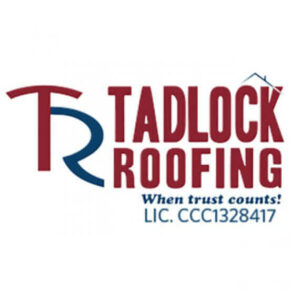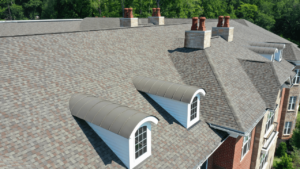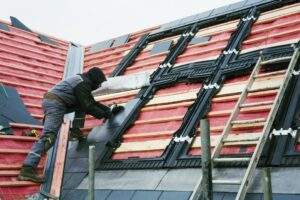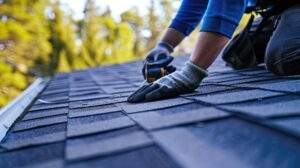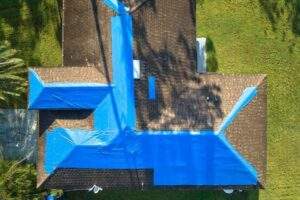WeatherLock Underlayment is designed to act as an additional line of protection against damage due to shingle blow-offs, wind-driven rain and ice damming. This extra layer of protection comes highly recommended for Florida homeowners due to the strong wind and heavy rain associated with hurricane season, and can also save you money on your insurance premiums. Below we answer some common questions we get about WeatherLock Underlayment from customers:
What is Underlayment?
Roofing underlayment provides a secondary leak barrier that binds to the decking of your home, essentially acting as an additional layer of protection in the instance your shingles blow off during severe weather conditions. If you’re experiencing heavy rain and strong winds following the loss of your shingles, the underlayment itself can keep your home safe until the storm subsides and the shingles are replaced. In fact, the application of an underlayment is mandated by Florida Building Code on all roofs.
What is WeatherLock Underlayment?
WeatherLock is a peel-and-stick mat applied in addition to a traditional underlayment to the eaves, rakes, valleys and penetration points of the roof (windows, skylights, chimneys, etc) for an extra layer of protection from the elements. WeatherLock can also be applied to the entirety of the roof.
Is WeatherLock worth the additional cost?
Adding WeatherLock to your roof is a recommended addition for all Florida homeowners as it not only acts as an extra safeguard for your roof, but it can also be a financial asset. In Florida, insurance companies are required to offer discounts to homeowners for protecting their homes against damage caused by windstorms. These discounts, known as wind mitigation credits, are given if homes can pass an inspection that examines eight key safety features, including secondary water resistance. The credit is good for five years and can save you hundreds of dollars annually on your insurance premiums.
How is WeatherLock installed?
Self-adhered roofing underlayment can be installed between your deck and a variety of roof assemblies including asphalt shingles, wood shakes, quarry slate and metal roofing systems. Depending on the size of your home, the installation time may vary, but it will typically take three to seven days to complete. The process involves dismantling the existing roof, adding an asphalt-based, self-healing surface in valleys and around any penetrations—such as chimneys—then covering the main roofing surface with synthetic underlayment and putting new shingles back on top.
Does WeatherLock (peel-and-stick) protect better than regular synthetic underlayment?
Because WeatherLock mat bonds with your decking wood, it provides better protection against wind-driven rain and shingle blowoffs, offering an extra layer of home-protection during extreme weather events.
If WeatherLock adheres to my roofing deck, what happens if I need to make a repair?
If there is damage to your decking surface, the decking wood in that area needs to be repaired or replaced regardless of the underlayment application. Having the additional protection from WeatherLock mat can aid in protecting the decking around the damaged area.
More questions about WeatherLock? Ready to re-roof? Schedule a free inspection in the Jacksonville, Tallahassee, Orlando, Tampa and Pensacola areas today by giving us a call at 855.964.7663 or requesting a free estimate through our website.



